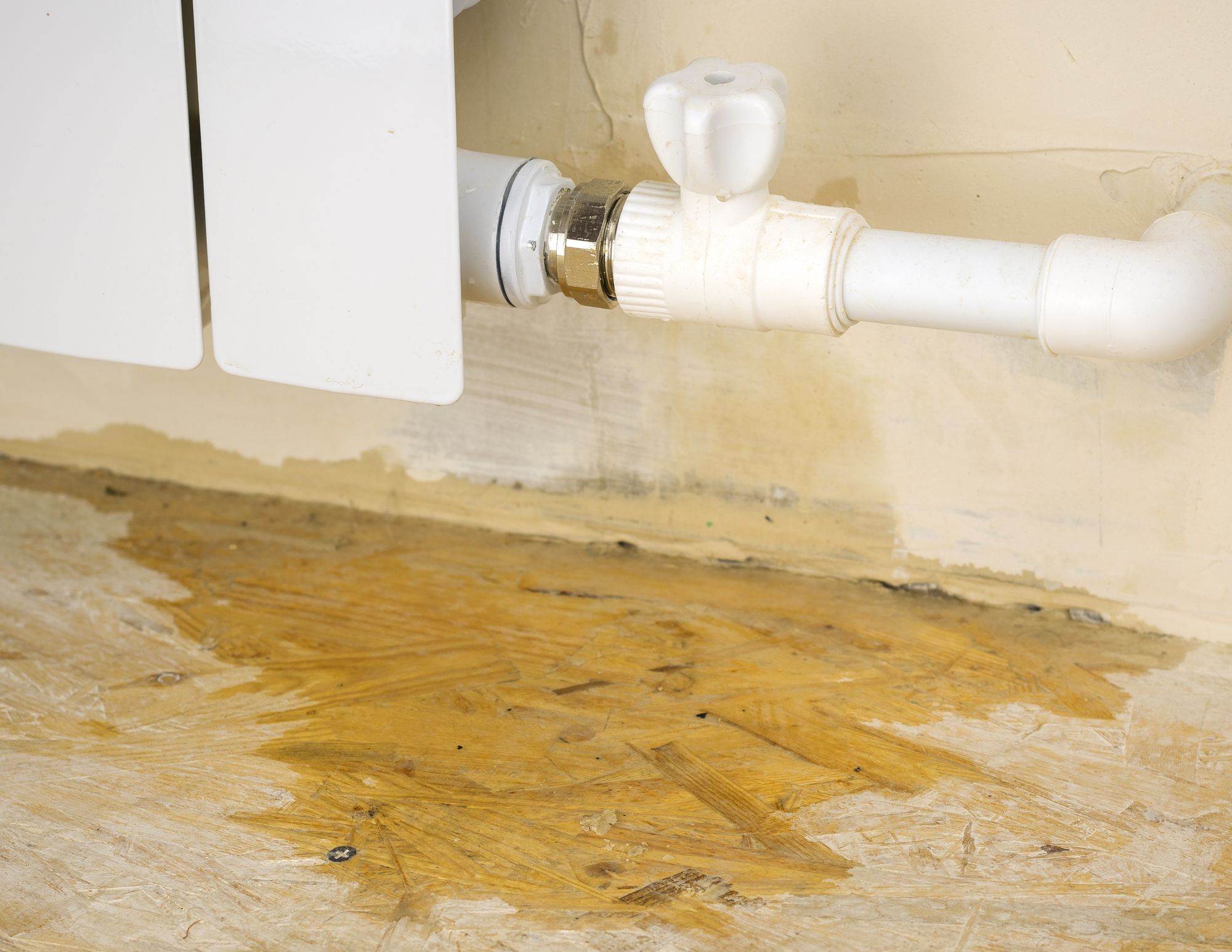6 Most Common Sources of Water Leaks in Your Home: How to Identify and Address Them
6 Most Common Sources of Water Leaks in Your Home: How to Identify and Address Them
Blog Article
Are you currently trying to locate details around How to detect water leaks in your home?

Leakages not only cause waste of water but can likewise trigger unneeded damage to your house and promote unwanted natural growth. Unfortunately, water leaks could go undetected given that a lot of the pipework in our house is concealed. By comprehending and looking for daily circumstances that cause leakages, you can shield your residence from future leaks and unneeded damages. Today, we will consider 6 leakage causes that might be triggering your pipelines to leak.
Encroaching origins
Most water leakages start outside the house as opposed to inside it. If you see an abrupt decrease in water pressure, claim in your tap, require time to go out as well as examine your backyard. You could notice wet spots or sinkholes in your backyard, which may mean that tree roots are attacking water lines causing water to leak out. You can have your plumber look for intrusion, particularly if you have trees or hedges near your home.
Corroded water systems
This may be the reason of discoloration or warping on your water pipes. If our plumbing system is old, think about changing the pipelines given that they are at a greater threat of corrosion than the newer models.
Defective Pipe Joints
The point at which your pipelines attach is regularly the weakest link in the waterline. Pipeline joints can wear away with time, causing water leakages. The majority of pipe joints are not easily noticeable. If you have loud pipes that make ticking or banging noises, particularly when the warm water is activated, your pipeline joints are possibly under a lot of pressure. It is a good idea to have your plumber evaluate your system annually.
Instant temperature level adjustments.
Severe temperature changes in our pipelines can cause them to increase as well as contract all of a sudden. This growth and tightening might cause splits in the pipelines, particularly if the temperature are listed below cold.
Poor Water Connectors
Sometimes, a leak can be triggered by loose tubes and also pipelines that supply your devices. Usually, moving is what triggers the loosened water Connections. You could discover when it comes to a cleaning device, a tube may spring a leakage due to drinking during the spin cycle. In case of a water links leakage, you may see water running straight from the supply line or pools around your appliances.
Obstructed Drains
Blocked drains pipes might be aggravating and also inconveniencing, but they can occasionally end up triggering an overflow leading to break pipes. Keep eliminating any kind of materials that might drop your drains pipes that could clog them to prevent such aggravations.
All the above are reasons for leaks yet not all water leakages arise from plumbing leaks; some leaks might come from roof covering leaks. All leaks ought to be fixed quickly to avoid water damage.
Leaks not just create waste of water yet can also cause unnecessary damage to your house and also advertise undesirable organic growth. By understanding as well as looking for day-to-day scenarios that cause leaks, you can protect your home from future leaks and unneeded damage. Today, we will look at six leak triggers that may be triggering your pipes to leak.
At times, a leakage can be triggered by loosened pipes and also pipelines that provide your home appliances. In instance of a water links leakage, you may discover water running directly from the supply line or pools around your devices.
How To Check For Water Leak In Your Home
How To Check for Leaks
The average household's leaks can account for nearly 10,000 gallons of water wasted every year and ten percent of homes have leaks that waste 90 gallons or more per day. Common types of leaks found in the home are worn toilet flappers, dripping faucets, and other leaking valves. These types of leaks are often easy to fix, requiring only a few tools and hardware that can pay for themselves in water savings. Fixing easily corrected household water leaks can save homeowners about 10 percent on their water bills.
To check for leaks in your home, you first need to determine whether you're wasting water and then identify the source of the leak. Here are some tips for finding leaks:
Take a look at your water usage during a colder month, such as January or February. If a family of four exceeds 12,000 gallons per month, there are serious leaks.
Check your water meter before and after a two-hour period when no water is being used. If the meter changes at all, you probably have a leak.
Identify toilet leaks by placing a drop of food coloring in the toilet tank. If any color shows up in the bowl after 10 minutes, you have a leak. (Be sure to flush immediately after the experiment to avoid staining the tank.)
Examine faucet gaskets and pipe fittings for any water on the outside of the pipe to check for surface leaks.
Undetected water leaks can happen without the home or business owner even realizing. If you suspect a water leak, but not able to find the source. It is time to contact a professional water leak detection service, The Leak Doctor.
How To Find a Water Leak In Your Home
https://www.leakdoctor.com/blog/How-To-Check-For-Water-Leak-In-Your-Home_AE197.html

I ran across that blog entry about Most Common Causes of Leaky Pipes when doing a lookup on the search engines. Liked our blog entry? Please share it. Help somebody else discover it. Thank you for taking the time to read it.
Booking Report this page